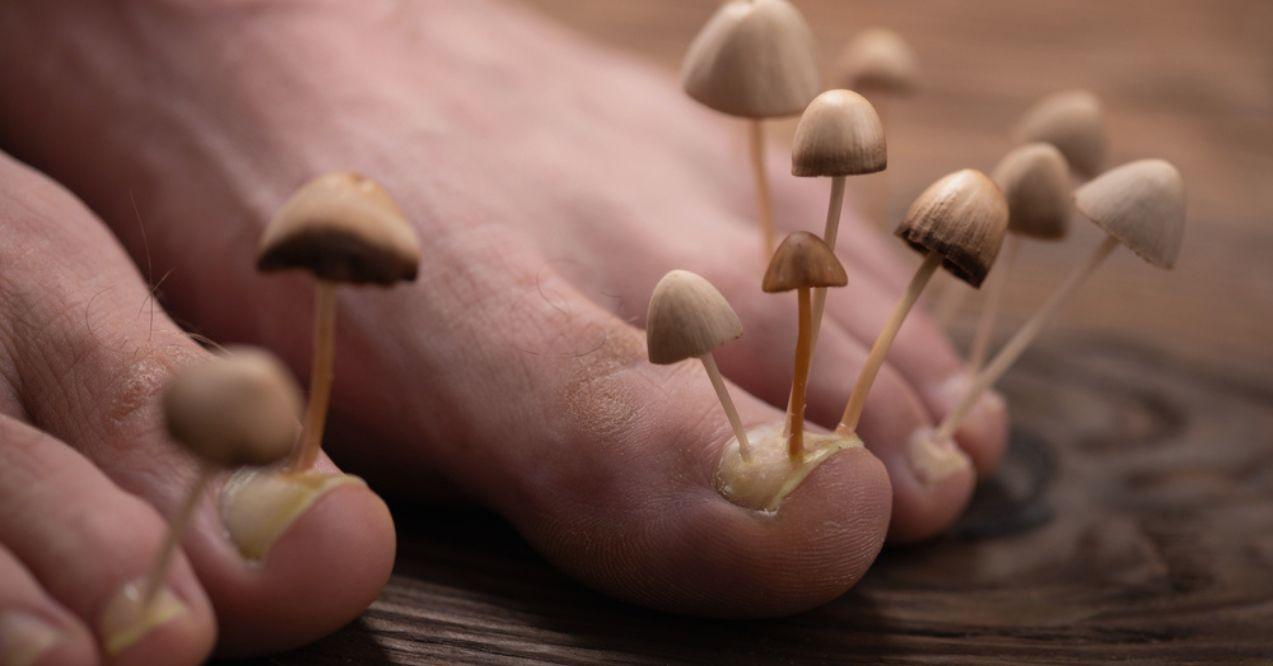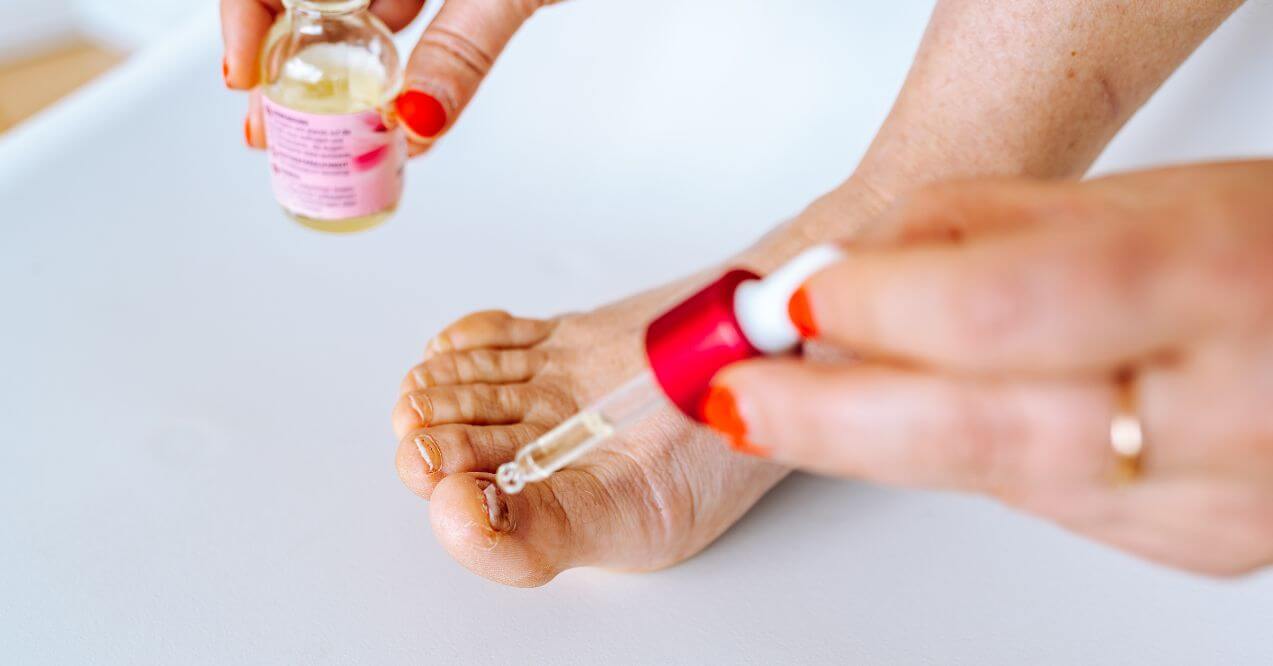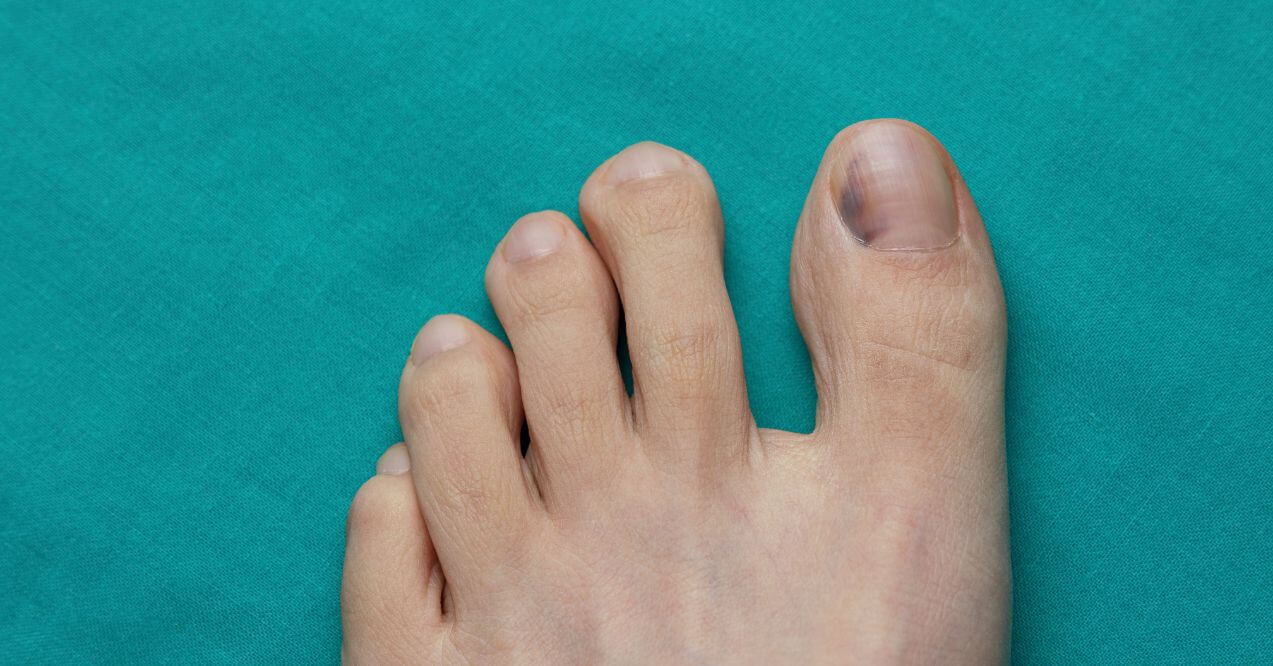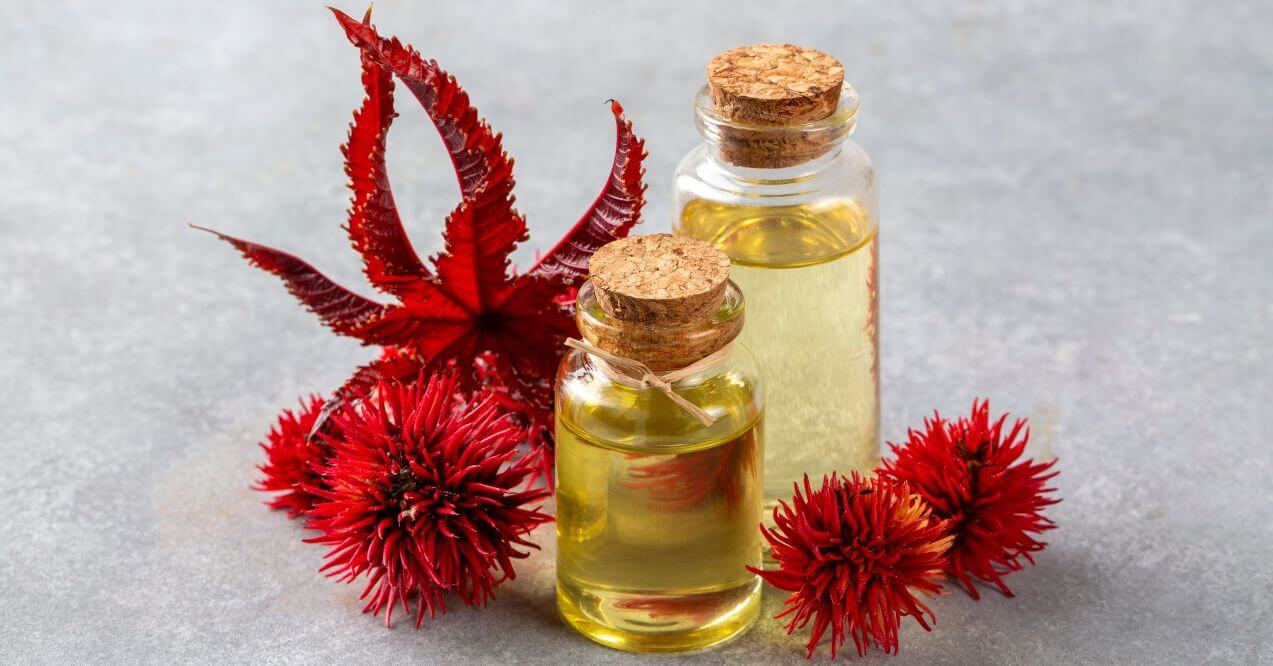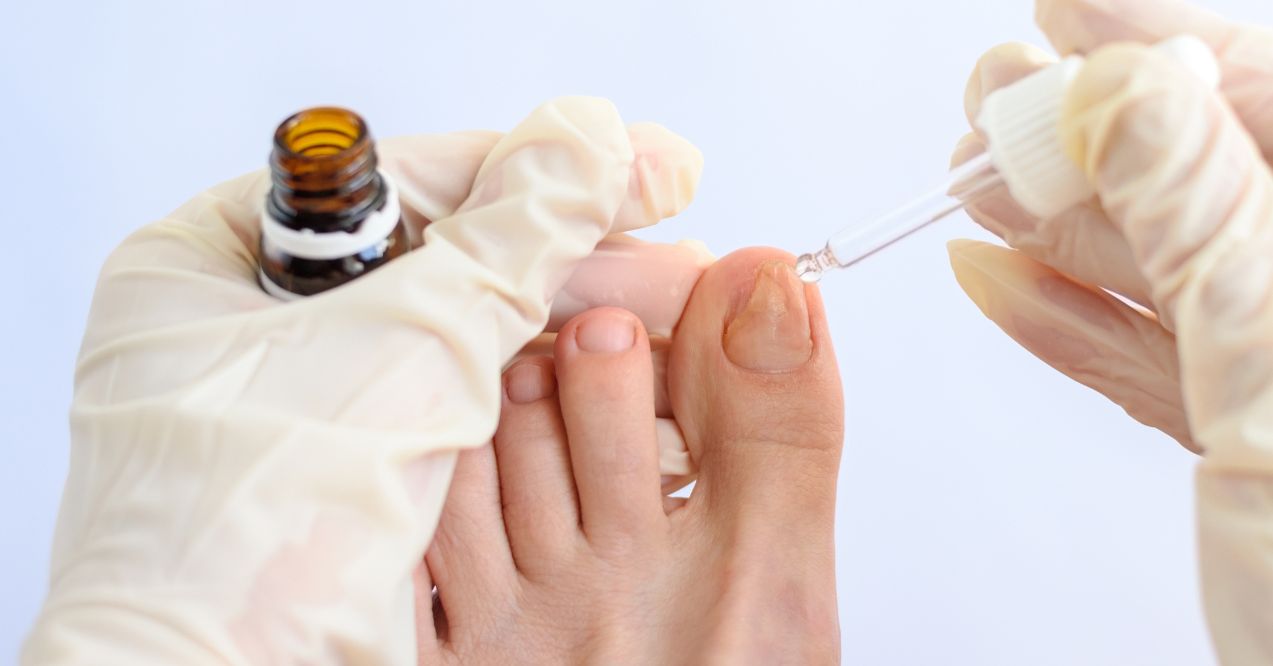5 Steps How to Fix Nasty Toenails
From fungus to foul odors, learn how to tackle nasty toenail problems. Your path to prettier feet starts here!
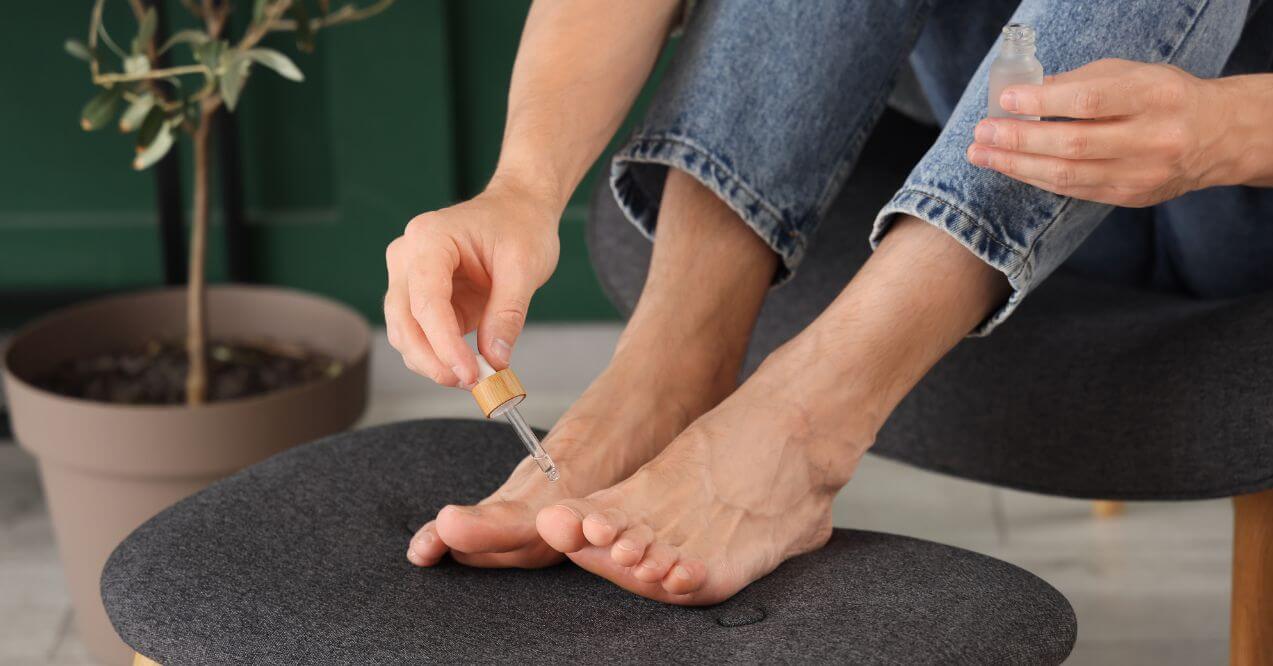

Nasty toenail presents more than just an aesthetic concern; they can indicate underlying health issues. These thick, discolored, and sometimes odorous nails often cause discomfort and embarrassment. Long nasty toenails can be particularly troublesome, affecting daily activities and footwear choices.
This article will guide you through five essential steps to address nasty thick toenails, offering practical solutions and preventive measures to improve your foot health.
What Causes Nasty Toenails?
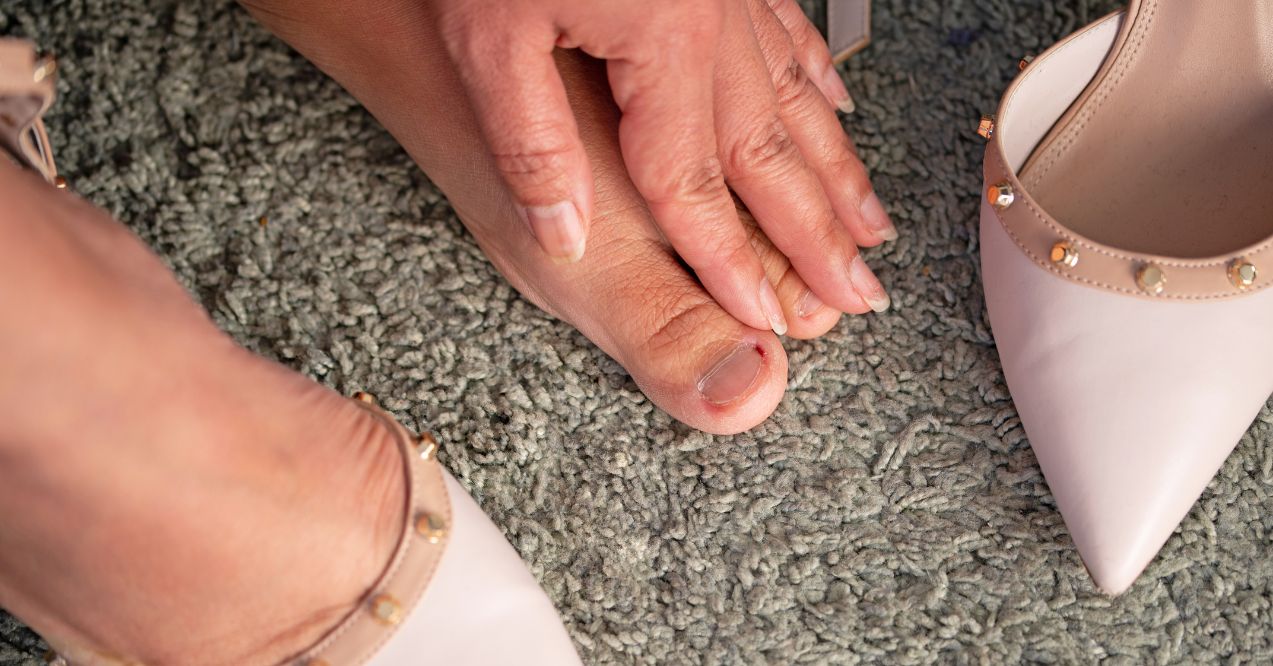
A nasty toenail is more than just an eyesore – it can be thickened, discolored (often yellow or brown), brittle or crumbly, misshapen, and sometimes even foul-smelling. These characteristics can make your toes appear unsightly and may even lead to pain or discomfort.
Common causes of ugly nails include:
- Fungal infections – The most frequent cause of nasty toenails
- Bacterial infections – Can occur alongside or independently of fungal infections
- Trauma – Repeated impact or injury to the nail
- Poor circulation – Affects nail growth and health
- Aging – Natural changes in nail structure over time
For more detailed information on fungal infections, check out What Does Toenail Fungus Look Like?
How Do I Know If It Is a Fungal Infection?
Identifying a fungal infection can be challenging, but common signs include:
- Thickening of the nail
- Yellow or brown discoloration
- Brittle, crumbly, or ragged nail edges
- Separation of the nail from the nail bed
- Foul odor
However, it’s important to note that while these symptoms suggest a fungal infection, other conditions can present similarly. For an accurate diagnosis, it’s best to consult a healthcare professional who can perform appropriate tests.
What Else Could It Be?
Other conditions that may result in long ugly toenails include:
- Bacterial infections – Often accompanied by redness and swelling
- Ingrown toenails – Causing pain and inflammation along the nail edge
- Nail psoriasis – Characterized by pitting, separation, and discoloration
- Trauma-related issues – Resulting from injury or repetitive stress
How to Avoid Nasty Toenails?
Prevention is key in maintaining healthy toenails. So, How to Get Rid of Toenail Fungus? Here are five crucial steps to keep your nails in good condition:
Foot Hygiene
- Wash feet daily with soap and water
- Dry thoroughly, especially between toes
- Change socks regularly, particularly if feet tend to sweat
Proper Footwear

- Choose shoes that fit well and allow toes to move freely
- Opt for breathable materials like leather or mesh
- Alternate shoes daily to allow them to dry completely
Nail Care
- Trim nails straight across, not too short
- Use clean, sanitized nail tools
- Avoid cutting cuticles, which protect against infections
Avoiding Shared Nail Tools
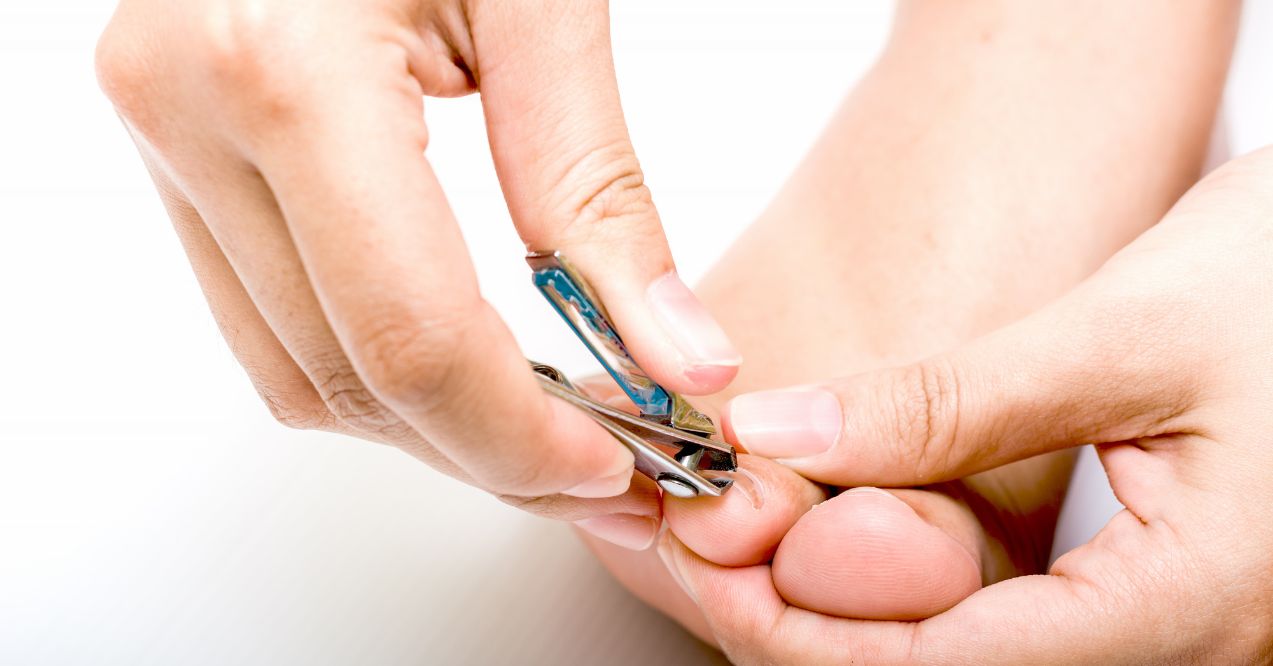
- Use your own nail clippers, files, and other grooming tools
- If visiting a nail salon, ensure they properly sterilize their equipment
Many people wonder, can you get a pedicure if you have toenail fungus? It’s a good question to ask before booking an appointment, as some salons may not accept clients with fungal infections to protect others from contamination.
Antifungal Supplements
Incorporating natural supplements with antifungal properties into your routine may support overall nail health. These supplements often contain ingredients known for their ability to combat fungal infections. When choosing an antifungal supplement, consider the following:
- Look for key ingredients such as – Oregano oil, Garlic extract, Olive leaf extract
- Seek products that support immune function alongside antifungal properties
- Choose high-quality supplements from reputable sources
- Be consistent with use, as results may take several weeks to become noticeable
To discover toenail fungus supplements tailored to your needs, click here to browse our collection and find the perfect item for you.
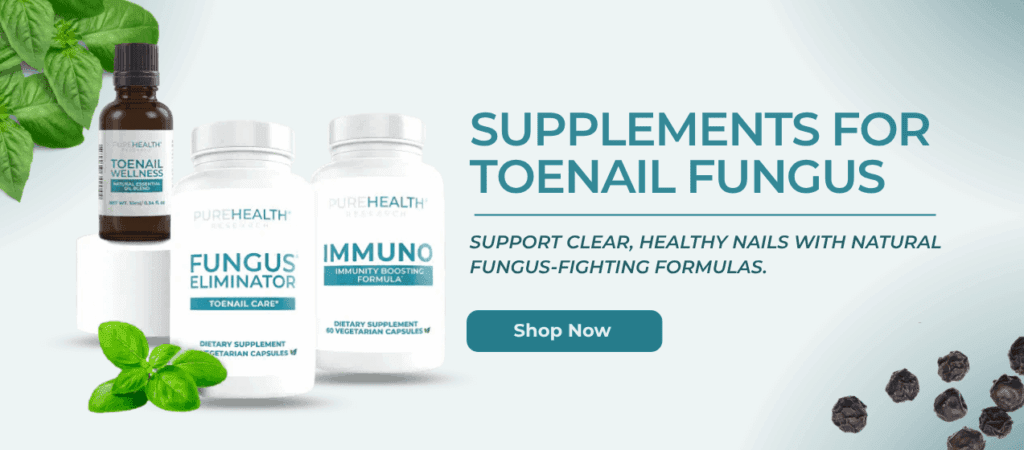
Home Solutions How to Fix a Nasty Toenail
While severe cases may require professional treatment, mild cases of disgusting toes can often be addressed with home remedies. For those wondering, “Does alcohol kill toe fungus?“, it may help disinfect the area, but it’s not always effective for deep infections. Here are some effective strategies you can try:
Tea Tree Oil
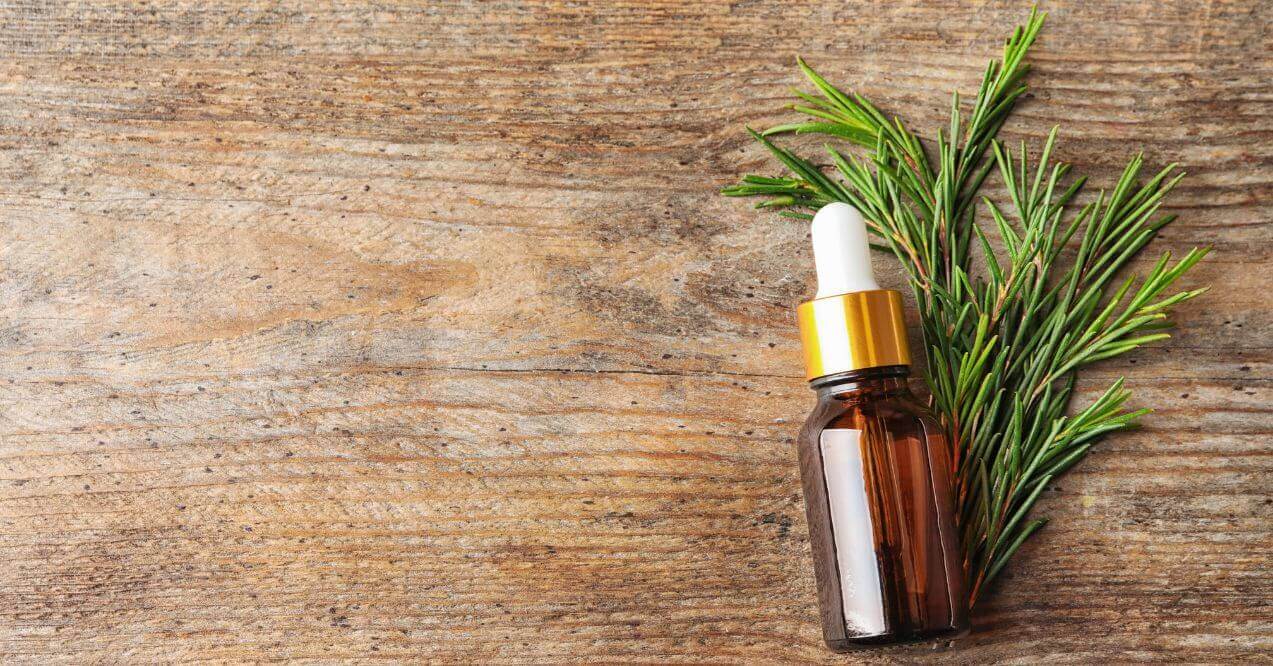
Tea tree oil is a powerful essential oil known for its natural cleansing and purifying properties. Its antimicrobial and antifungal properties make it a popular choice for addressing various concerns, including toenail fungus.
If you are wondering, how to use essential oils for toenail fungus, start by creating a simple treatment using tea tree oil:
- Mix a few drops of tea tree oil with a carrier oil like coconut oil
- Apply the mixture to affected nails with a cotton swab
- Leave on for 10-15 minutes before rinsing
- Repeat daily for several weeks
Vinegar Soaks
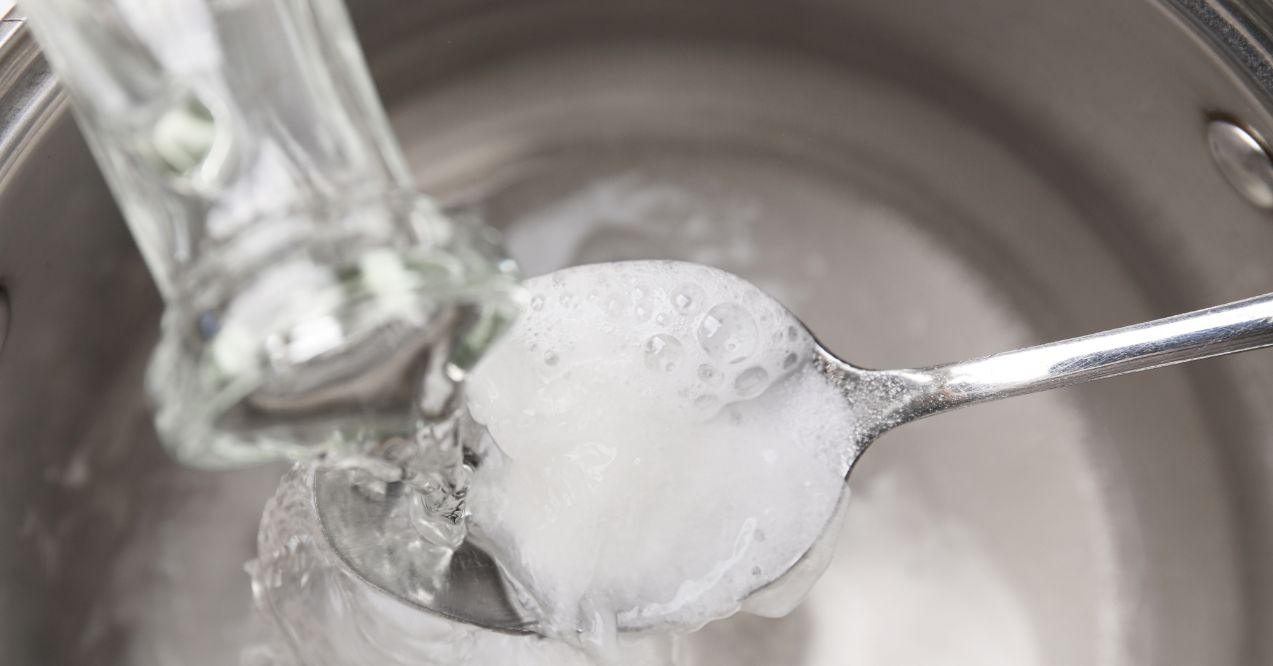
- Mix equal parts warm water and apple cider vinegar in a basin
- Soak feet for 15-20 minutes
- Dry feet thoroughly afterward
- Repeat daily for optimal results
Over-the-Counter Antifungal Creams
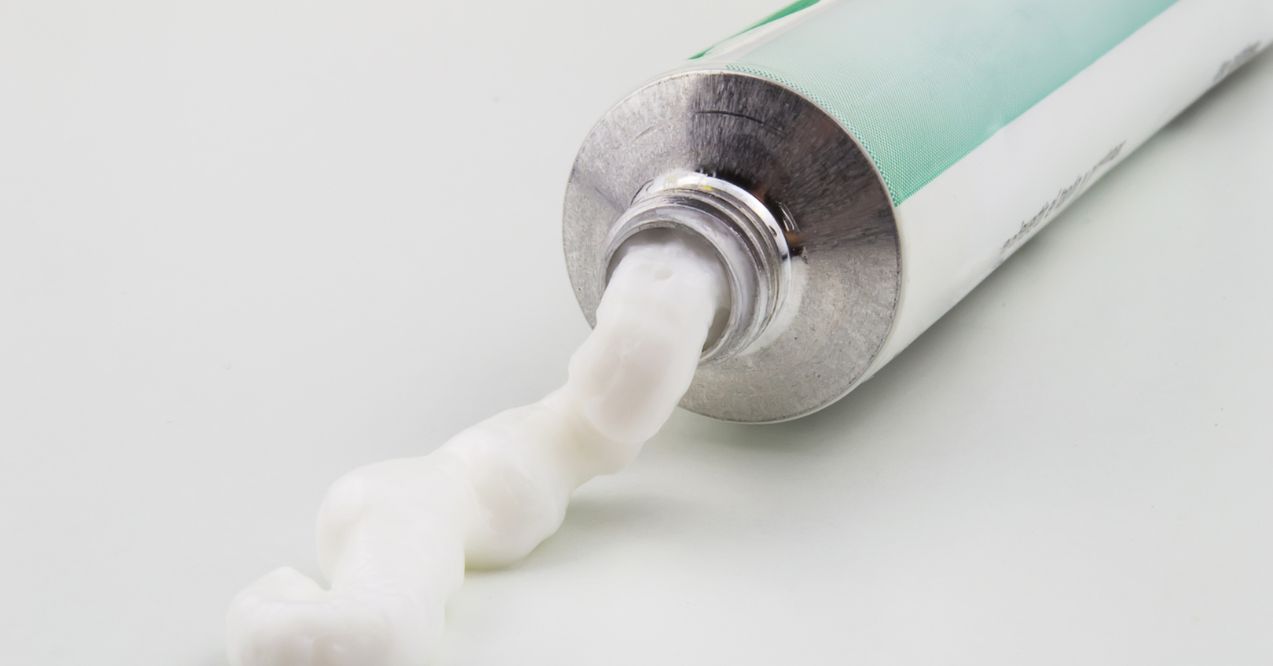
For a more targeted approach, consider using over-the-counter antifungal creams. Look for products containing clotrimazole or terbinafine. Apply as directed on the package, typically once or twice daily, and continue use for the full recommended duration, even if symptoms improve.
How to Know if Toenail Fungus is Dying? While complete healing can take several months due to the slow growth rate of toenails, there are several encouraging signs to look out for:
- Reduction in discoloration – The yellow or brown hue may start to fade
- Decreased thickness – The nail might become less thick and easier to trim
- New, healthy nail growth – Clear nail growing from the base is a positive indicator
- Reduced brittleness – The nail may become less prone to crumbling or breaking
- Improved shape – The nail might start to regain its natural contour
Conclusion
Addressing a nasty toenail that is thick and unsightly requires patience and consistent care.By maintaining good foot hygiene, choosing appropriate footwear, and implementing proactive measures like antifungal supplements, you could significantly improve the health of your nails. For mild cases, home remedies can be effective, but persistent or severe issues may require professional advice.
To fix disgusting toenails, maintain proper hygiene and trim nails regularly. Use antifungal treatments and wear breathable footwear. Consider oral supplements like Fungus Eliminator and keep feet dry. Try tea tree oil or vinegar soaks for home remedies. For severe cases, seek professional help. Consistency in care is key to improving nail appearance and health.
Horrible toenails can result from various factors including fungal or bacterial infections, trauma, poor circulation, and aging. Certain medical conditions, improper foot care, and ill-fitting shoes can also contribute. Excessive moisture and nutritional deficiencies may play a role. Identifying the specific cause is crucial for effective treatment and prevention of recurrence.
Why Are Toenails So Stinky?
Stinky toenails often indicate a fungal infection, which is the most common cause. Bacterial growth, poor foot hygiene, and excessive sweating can also contribute to the odor. Wearing non-breathable shoes traps moisture, creating an environment for microorganisms to thrive. Dead skin buildup and athlete’s foot may exacerbate the problem. Addressing these issues through proper foot care can help eliminate the unpleasant smell.
Sign up for our Healthy Living newsletter!
Advertisement. This site offers health, wellness, fitness and nutritional information and is designed for educational purposes only. You should not rely on this information as a substitute for, nor does it replace, professional medical advice, diagnosis, or treatment. If you have any concerns or questions about your health, you should always consult with a physician or other health-care professional. Do not disregard, avoid or delay obtaining medical or health related advice from your health-care professional because of something you may have read on this site. The use of any information provided on this site is solely at your own risk.



